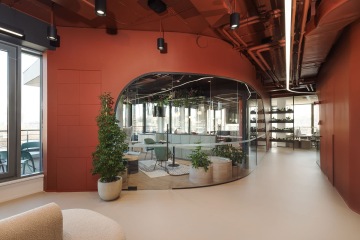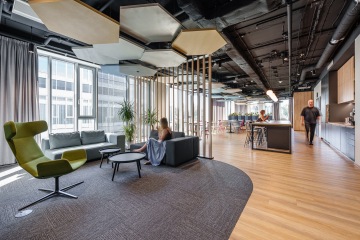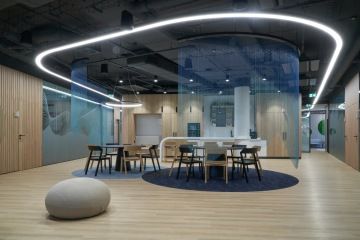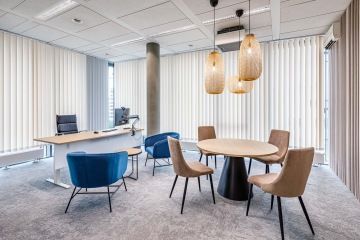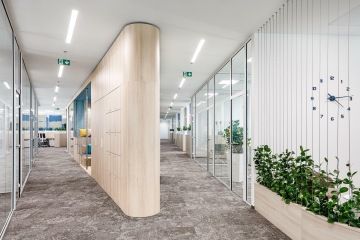Keep up with BIM trends next year with us
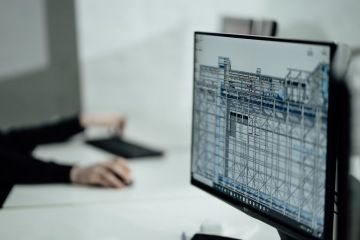
We design using advanced technologies, which inherently include Building Information Modeling, abbreviated as BIM. This allows us to create our projects more efficiently, but there are also a number of interesting innovations and changes in this area. What are they and why should they interest you? Here is an overview of the most important trends.
BIM on the rise

A survey by multinational firm VDEC predicts that by 2024, 89% of all professional architects will be using BIM, indicating a strong upward trend in implementation in practice, which is also influenced by legislation.
It has been part of our technical design work for several years, and we are therefore in a unique position to summarise its real benefits and identify upcoming trends. One of the key areas is the possibility of collaboration in the cloud. Architects, engineers and builders can collaborate on one model wherever they are in the world.
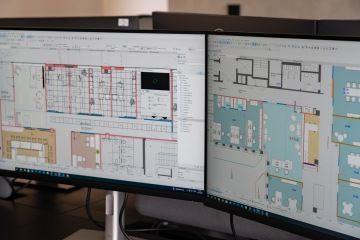
Another big chapter is automation through artificial intelligence. BIM applications in 2023 are starting to use AI to streamline repetitive tasks such as conflict detection, report generation, and even optimization of building systems. This means less human error, faster project completion, and greater accuracy. AI can also predict design errors before construction actually begins.
Outside our world
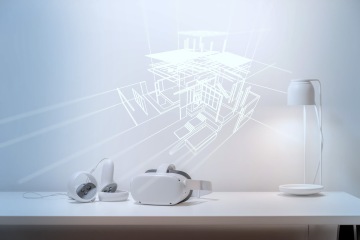
As the quality of technology solutions increases, virtual reality (VR) and augmented reality (AR) are once again coming to the fore. Some BIM programs use these technologies to show us a true-to-life view of as-yet-unbuilt structures. Going through a digital replica of new offices before they are built is no longer science fiction these days. AR allows us to overlay digital models on the real world, which simplifies the actual decision-making on the construction site.

Complex and intricate plans become clearly understandable and visible visions. Coupled with AI's ability to generate countless design options based on specific parameters, we are truly moving beyond the ordinary world. Dynamic models are automatically adjusted based on input parameters. For example, if we change the size of a room, the walls, doors and windows will adjust without manual intervention.
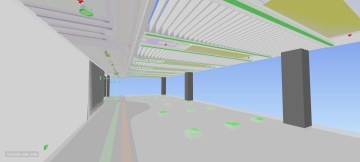


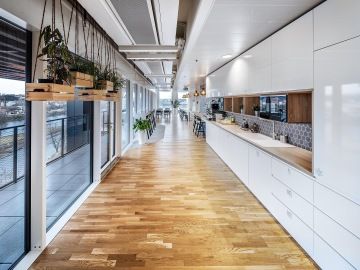
Developed model and interiors by CAPEXUS for Batist Medical premises
Standardisation is needed

In 2023, data interoperability is also frequently mentioned in the world of BIM applications. This means that different software applications can exchange data seamlessly.
Thanks to standards such as IFC (Industry Foundation Classes), the inconvenience of potential information loss is avoided, ensuring that all project phases run smoothly.
A few steps forward
This year, BIM provides us with tools and technologies that take us several steps forward. We are able to collaborate more efficiently, be more creative and achieve even better results in less time. If you too would like to discover the benefits of this technology in practice and keep up to date with all the new developments, please feel free to contact us at any time. Your project will receive the best care from us.
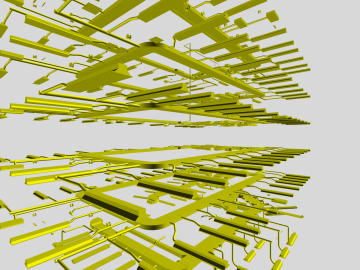
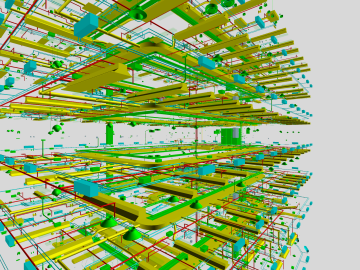
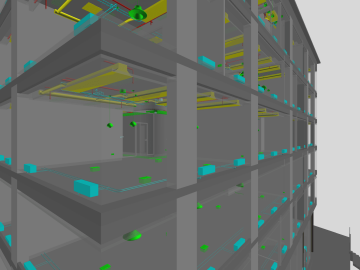
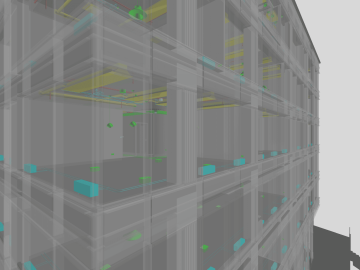
Developed based on AED's model for Direct Family spaces.
Authors of the photos: CAPEXUS SK, Shutterstock, Welcome to the jungle
Published 23. 11. 2023

